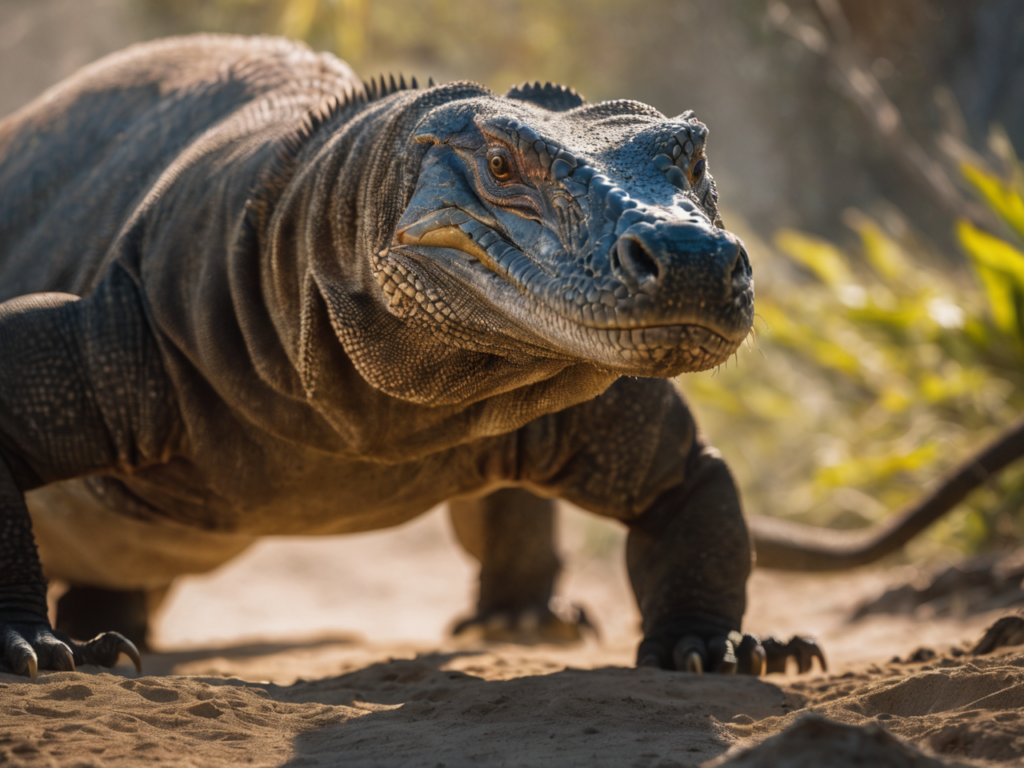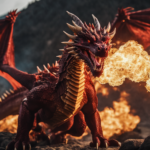Introduction:
Dragons, legendary creatures of myth and fantasy, have captivated human imagination for centuries. While true dragons remain creatures of folklore, there are several real-life animals with “dragon” in their name that possess intriguing qualities reminiscent of the mythical beasts. In this article, we’ll explore some of these creatures and their dragon-like characteristics.
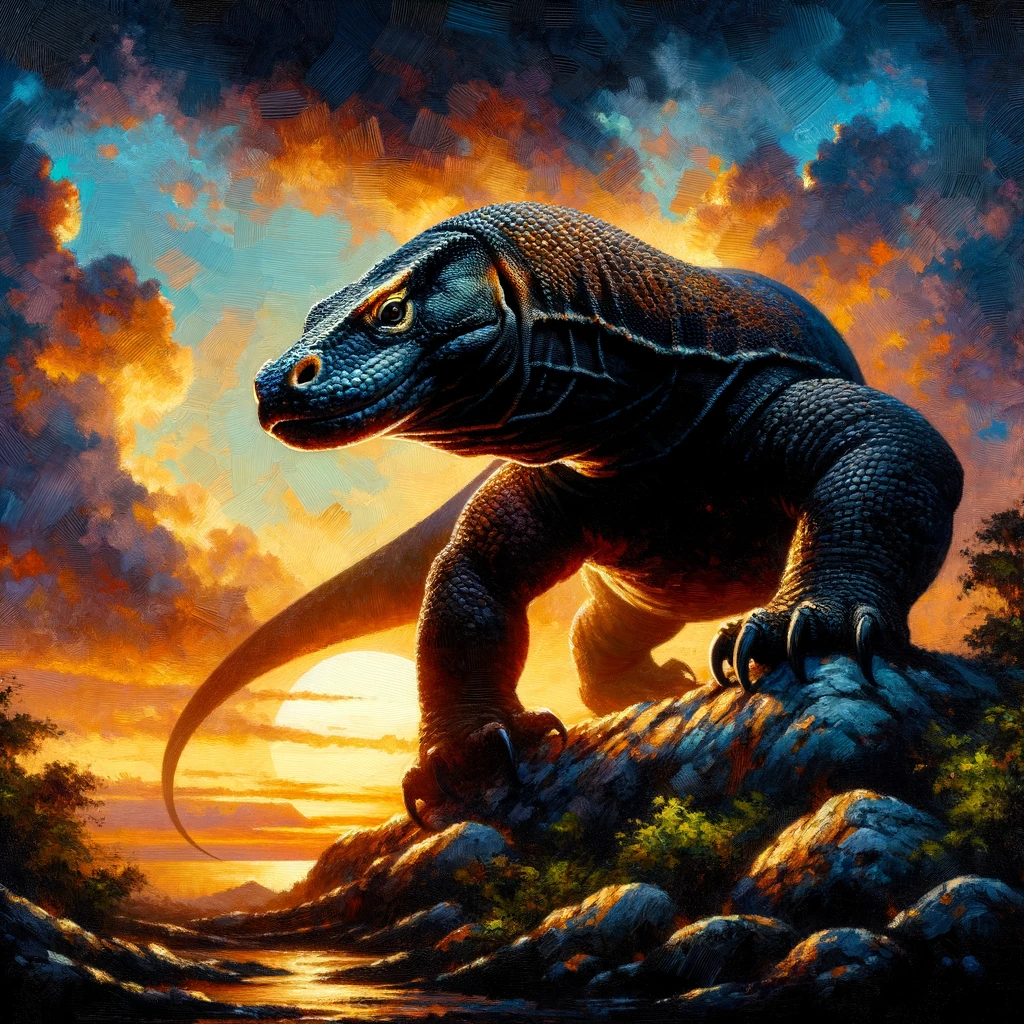
1. Komodo Dragon (Varanus komodoensis):
The Komodo dragon, native to the Indonesian islands, is arguably the most famous dragon-named creature in the animal kingdom. These colossal lizards can reach lengths of up to 10 feet and are the largest living reptiles. Similar to their mythical counterparts, Komodo dragons are solitary predators known for their fearsome strength and powerful bites. While they don’t breathe fire, their saliva contains a toxic cocktail of bacteria that aids in the digestion of prey.
2. Dragonfly (Order Odonata):
Dragonflies, found all over the world, are striking insects known for their agility and aerial prowess. Their long, slender bodies and large, iridescent wings give them an ethereal appearance reminiscent of flying dragons. Dragonflies are skilled predators, capturing smaller insects in mid-air with remarkable precision.
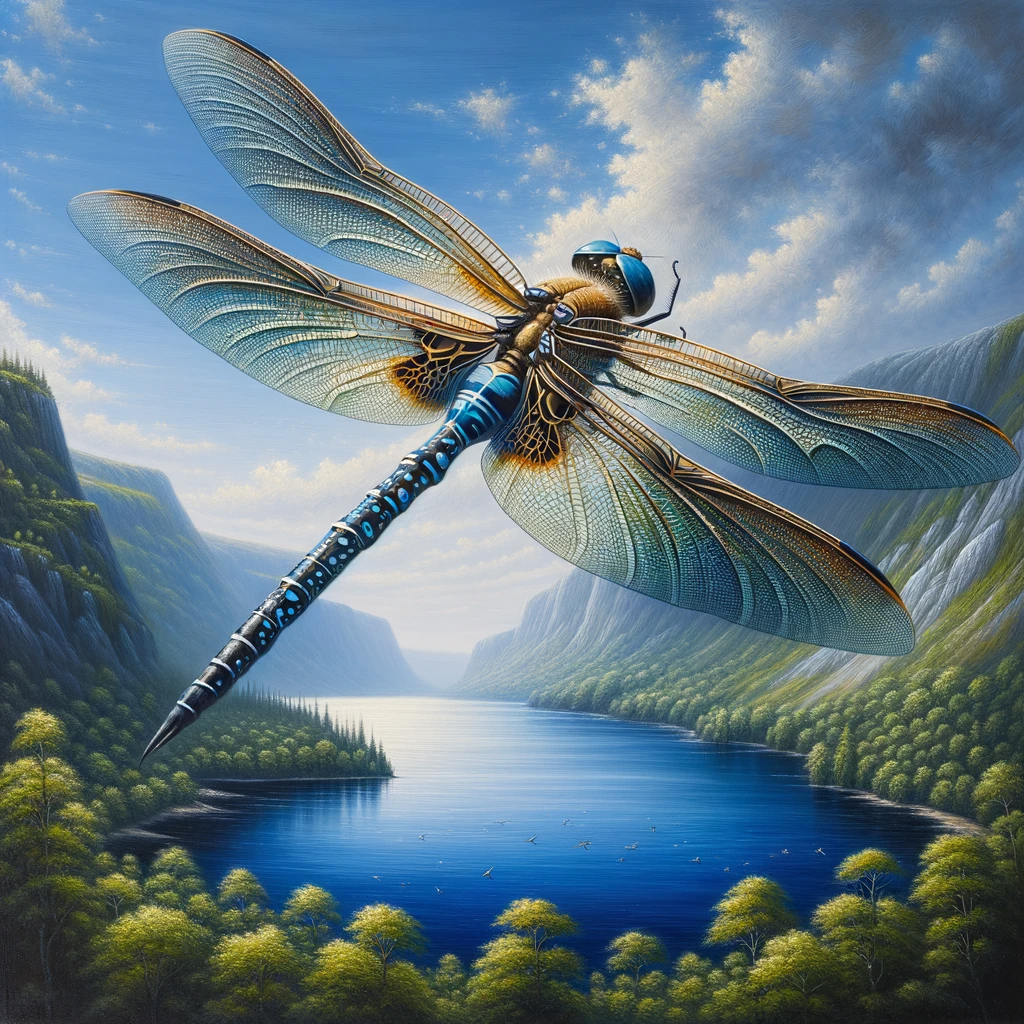
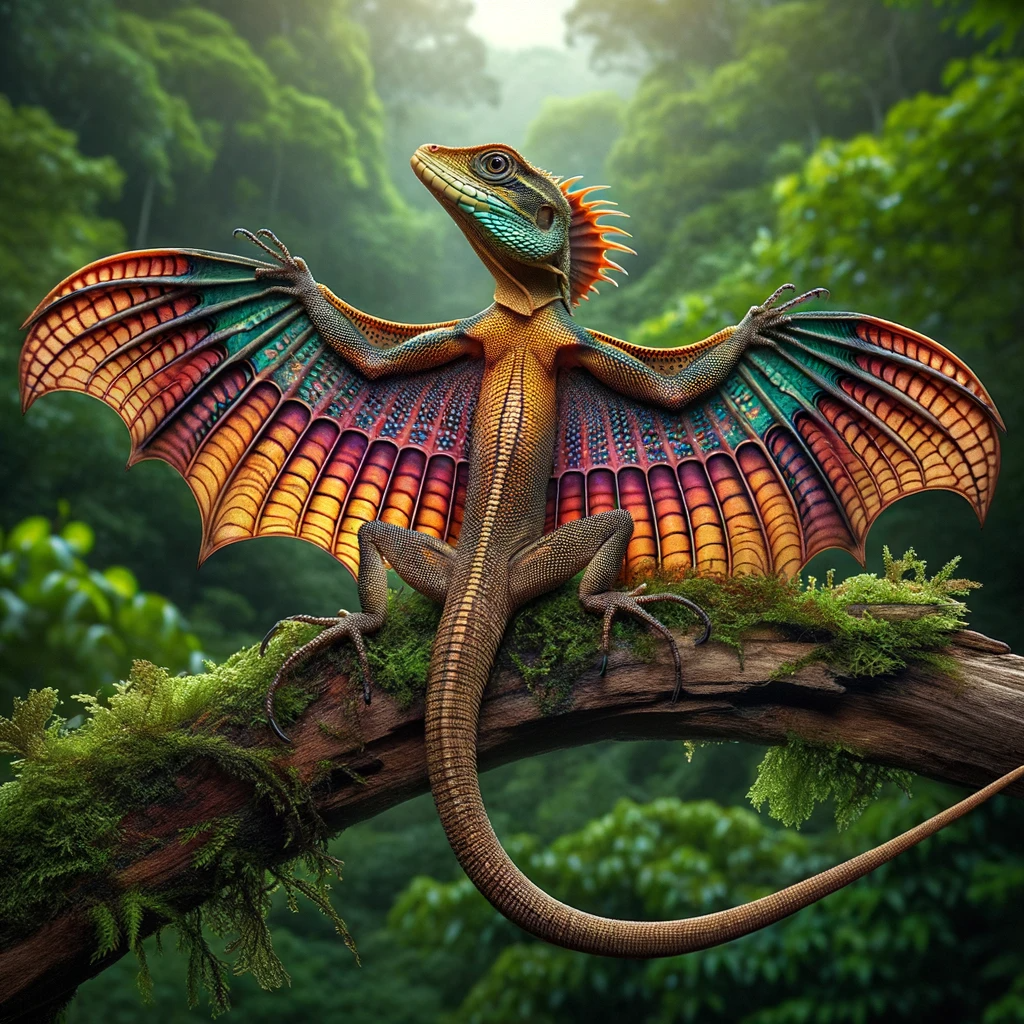
3. Flying Dragon (Draco spp.):
The flying dragon, a type of gliding lizard native to Southeast Asia, earns its name due to its dragon-like ability to glide from tree to tree. These lizards have specialised, wing-like flaps of skin called patagia, which they extend to glide gracefully through the forest canopy. While they lack the fire-breathing capabilities of mythical dragons, their airborne acrobatics are truly remarkable.
4. Bearded Dragon (Pogona spp.):
Bearded dragons are popular reptile pets, named for the “beard” of spiky scales beneath their throats. When threatened or displaying dominance, they puff up these scales to appear larger and more formidable, much like a dragon spreading its wings. Though they don’t breathe fire, their defensive displays are reminiscent of dragon-like intimidation tactics.
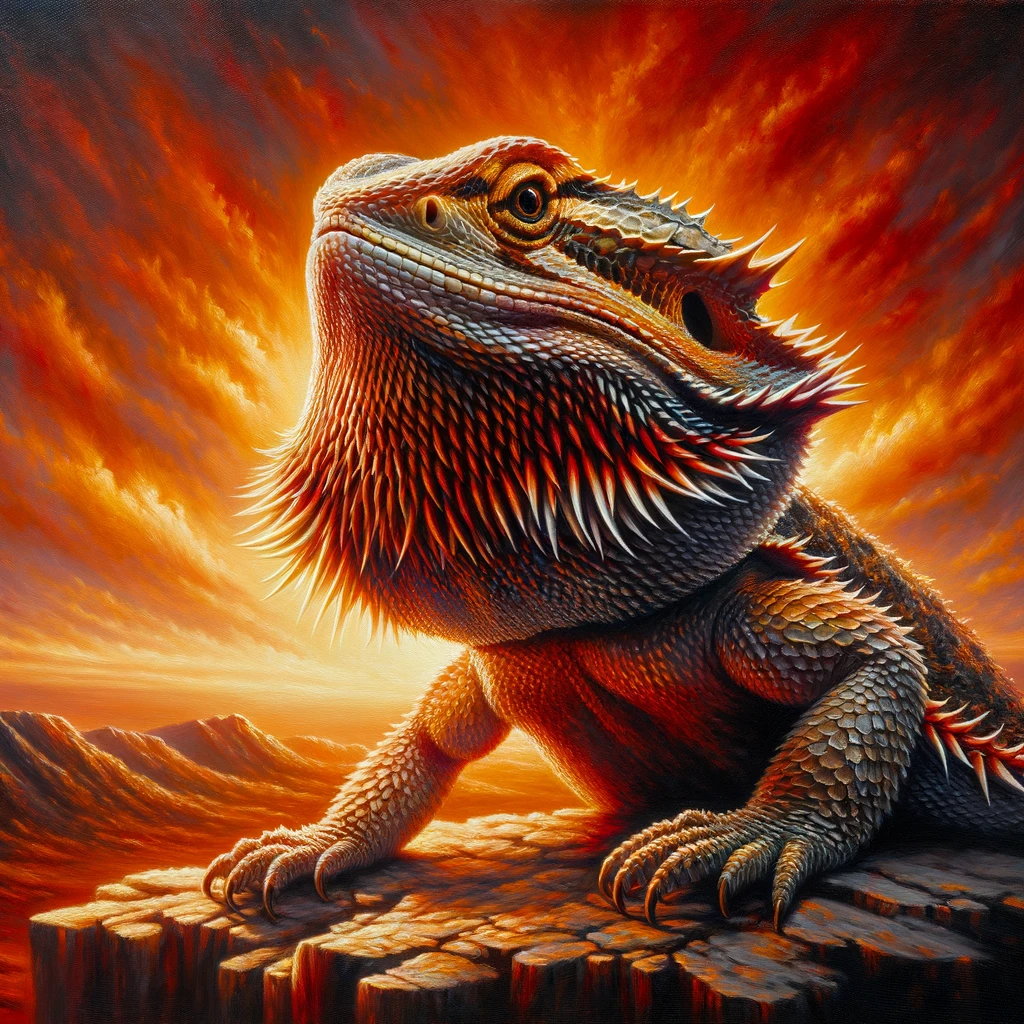
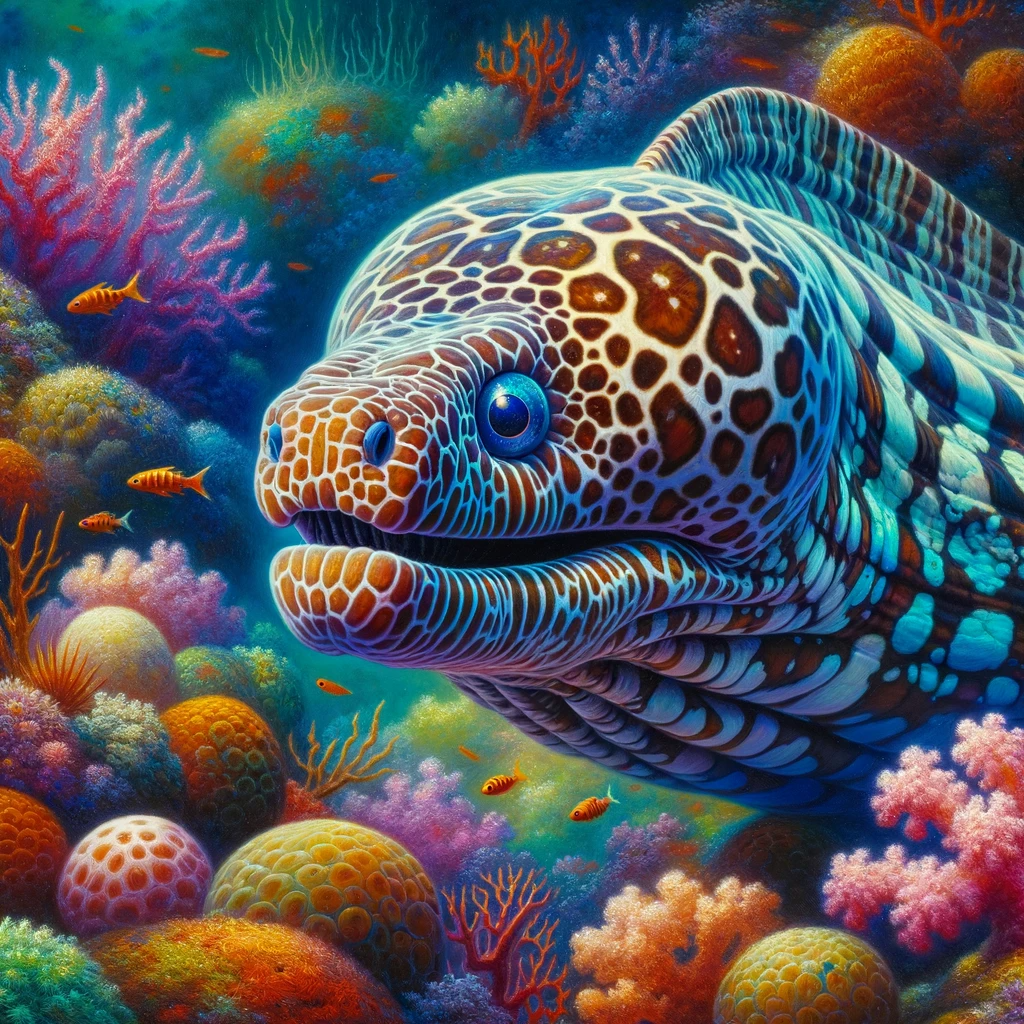
5. Dragon Moray Eel (Enchelycore pardalis):
The dragon moray eel, found in the Pacific Ocean, boasts a dragon-like appearance due to its elongated body and intricate, mottled patterns. These creatures are masters of camouflage, blending seamlessly into their coral reef habitats. They are ambush predators, striking with surprising speed and precision when prey ventures too close.
6. Frilled Dragon (Chlamydosaurus kingii):
The frilled dragon, native to Australia and New Guinea, is another dragon-named creature that showcases dragon-like features. These arboreal lizards are known for their striking frill, which they extend when threatened to appear larger and more intimidating, much like the spread wings of a dragon. Though they don’t breathe fire, their defensive displays are truly dragon-like.
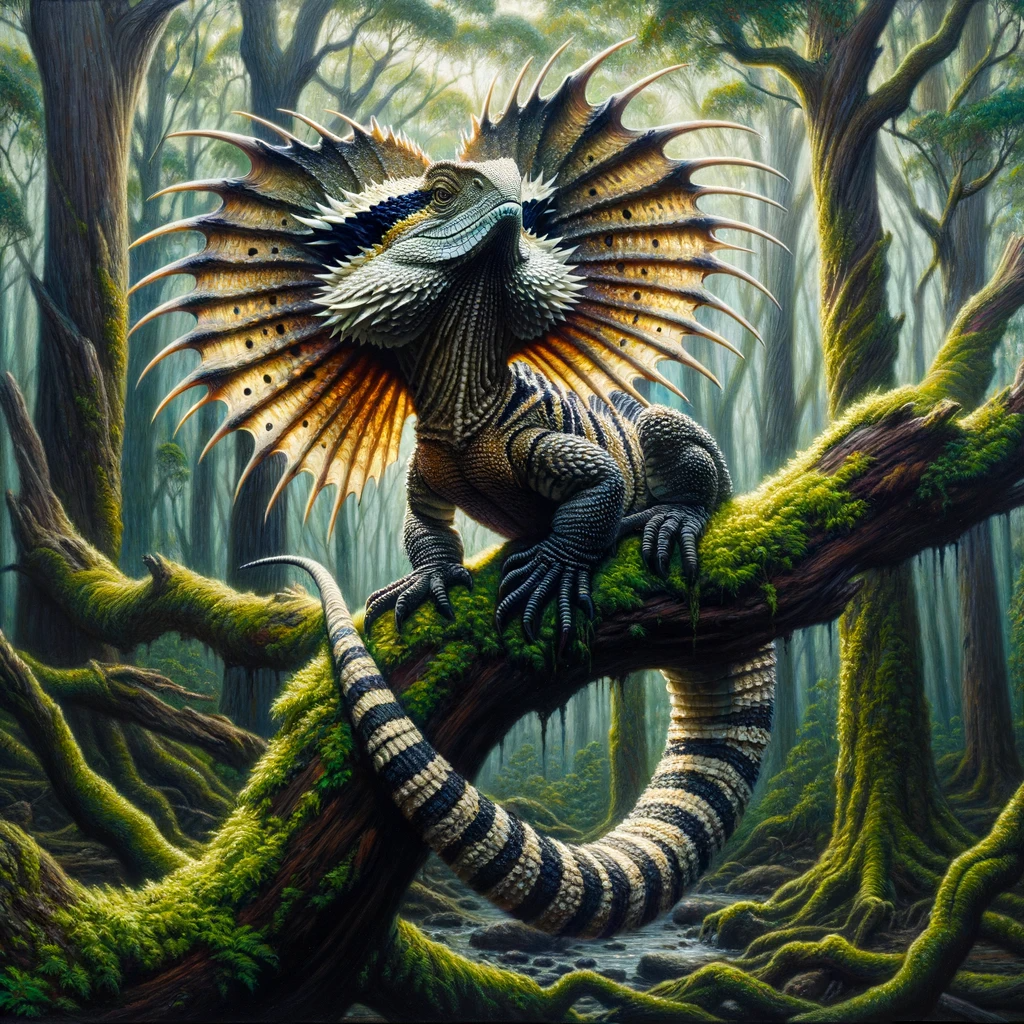
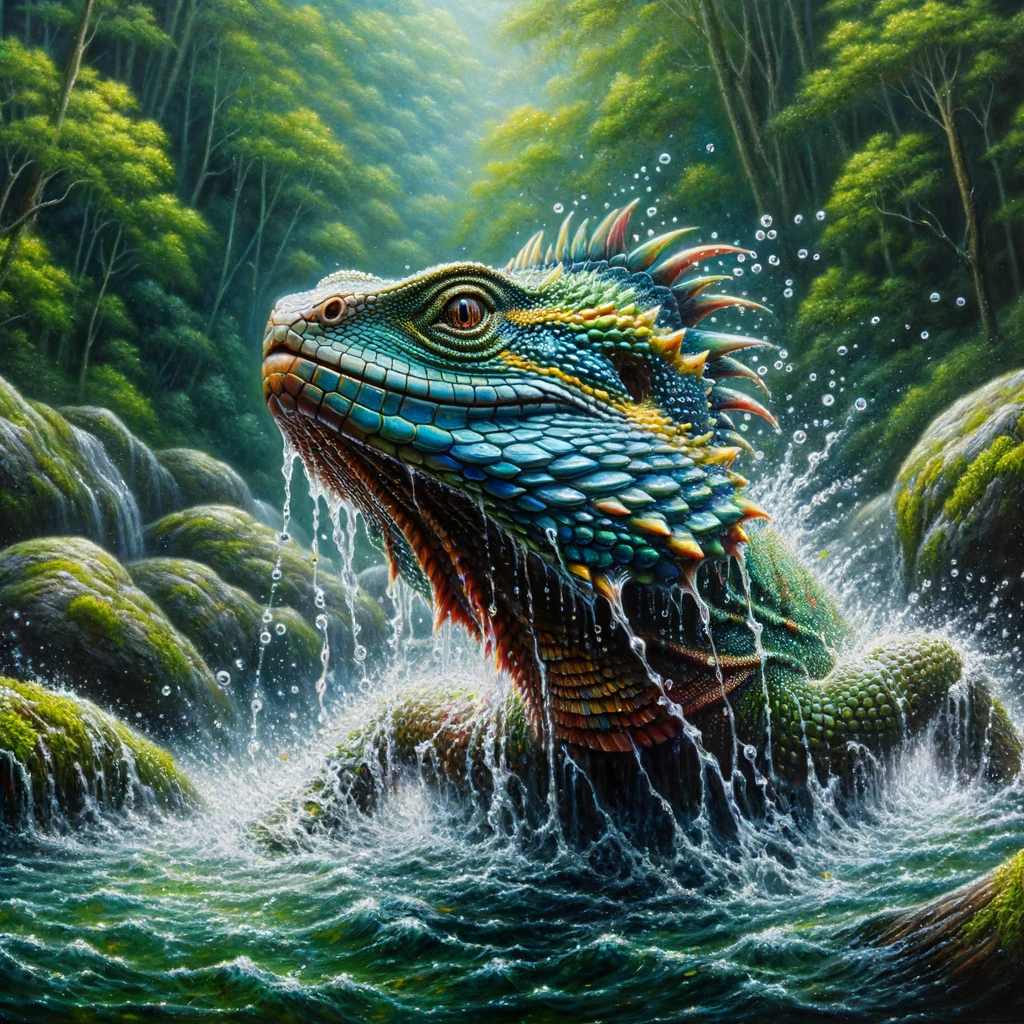
7. Chinese Water Dragon (Physignathus cocincinus):
The Chinese water dragon, native to Southeast Asia, earns its name from its dragon-like appearance. They have long, slender bodies, and their scales are often adorned with vibrant colours. While they don’t breathe fire, they are expert swimmers and can remain submerged for long periods, giving them an aquatic quality often associated with dragons in myth.
8. Dragonet Fish (Callionymidae):
Dragonet fish, also known as “sea dragons,” inhabit the coastal waters of the Indo-Pacific region. These small, colourful fish exhibit vibrant patterns and striking fin displays during courtship, resembling the dazzling scales and elaborate displays often associated with mythical dragons. While they lack the size and ferocity of larger creatures, their beauty and unique behaviours make them worthy of the dragon moniker.

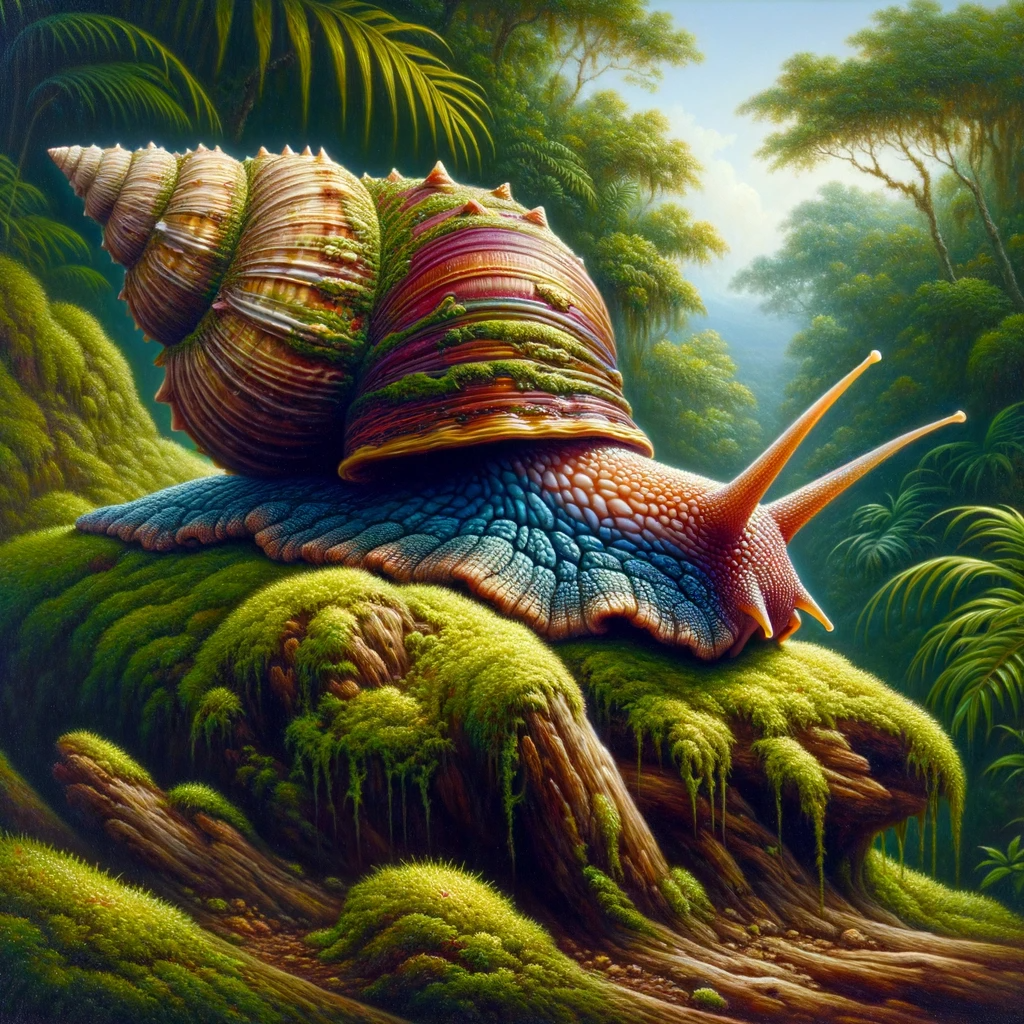
9. Dragon Snail (Pleurodonte spp.):
Dragon snails, native to the Caribbean, have elongated shells that taper to a point, resembling the tail of a dragon. These terrestrial snails are known for their striking coloration and unusual shell shapes. Though they lack the mobility and grandeur of larger animals, their name and appearance suggest a connection to the world of dragons.
10. Dragon Lizard (Ctenophorus spp.):
Dragon lizards, found in Australia, possess a dragon-like appearance with elongated bodies, sharp features, and striking coloration. Some species even have spines or crests along their backs, adding to their dragon-like appeal. While they don’t possess the mythical abilities of fire-breathing, their impressive appearance is enough to make them stand out.
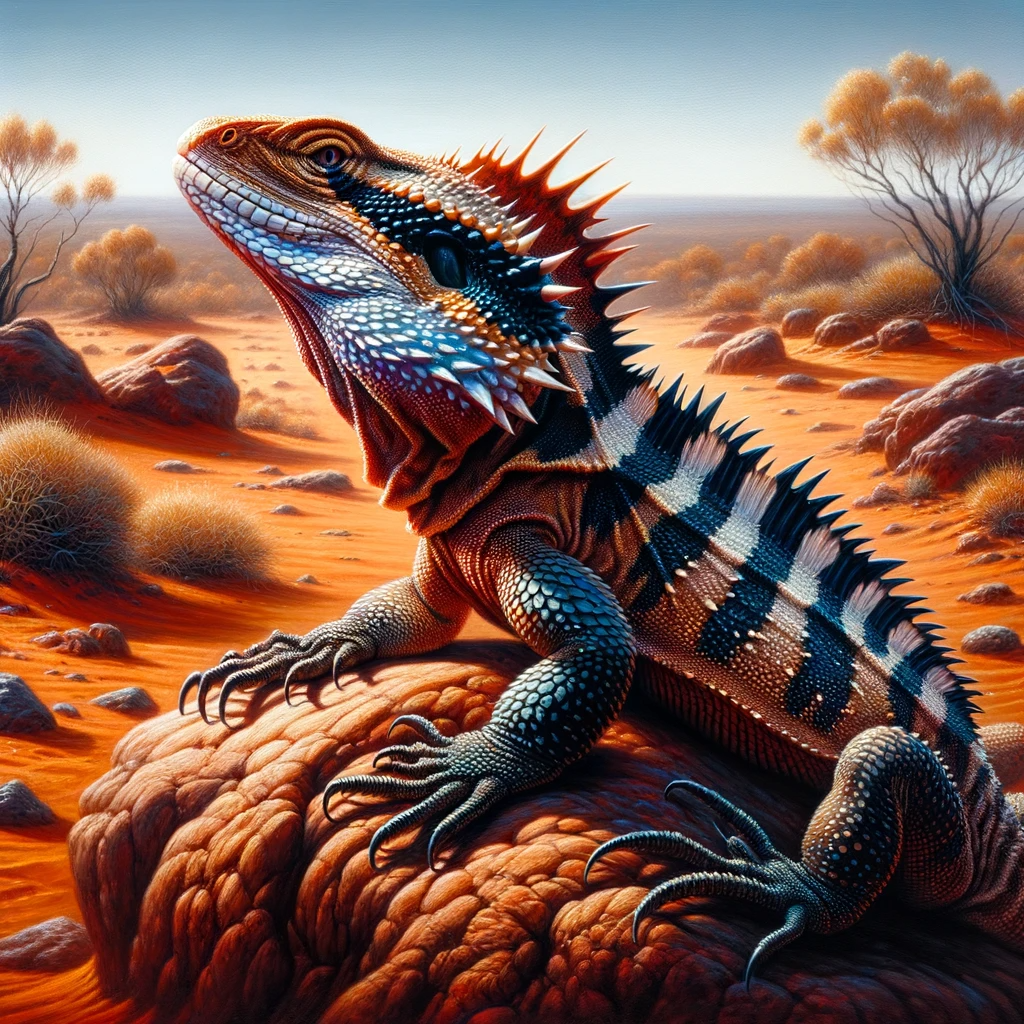
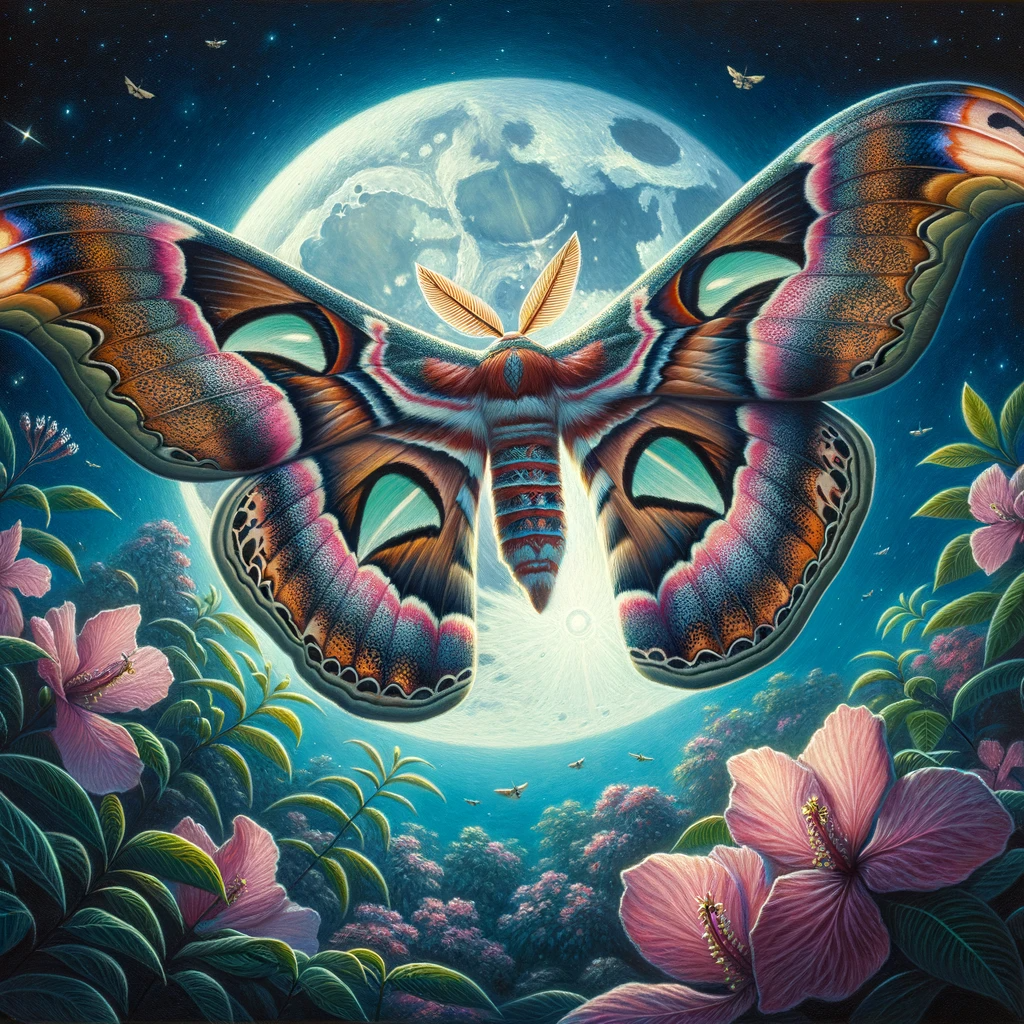
11. Dragon Moth (Eudocima spp.):
Dragon moths, found in tropical regions, are large, nocturnal insects with wingspans that can reach several inches. Their wings feature intricate patterns and colours that resemble the scales of a dragon. These moths are known for their elegant flight and captivating appearances, which evoke the grandeur of mythical dragons.
Conclusion:
These real-life animals, each with “dragon” in their name, exhibit a variety of characteristics that evoke the mythical allure of dragons. Whether it’s the immense size and predatory prowess of the Komodo dragon, the elegance of dragonflies, the gliding abilities of flying dragons, or the unique features and displays of bearded dragons, frilled dragons, and Chinese water dragons, these creatures demonstrate the power of the human imagination and the way it continues to be inspired by the mythical dragons of our collective folklore.

